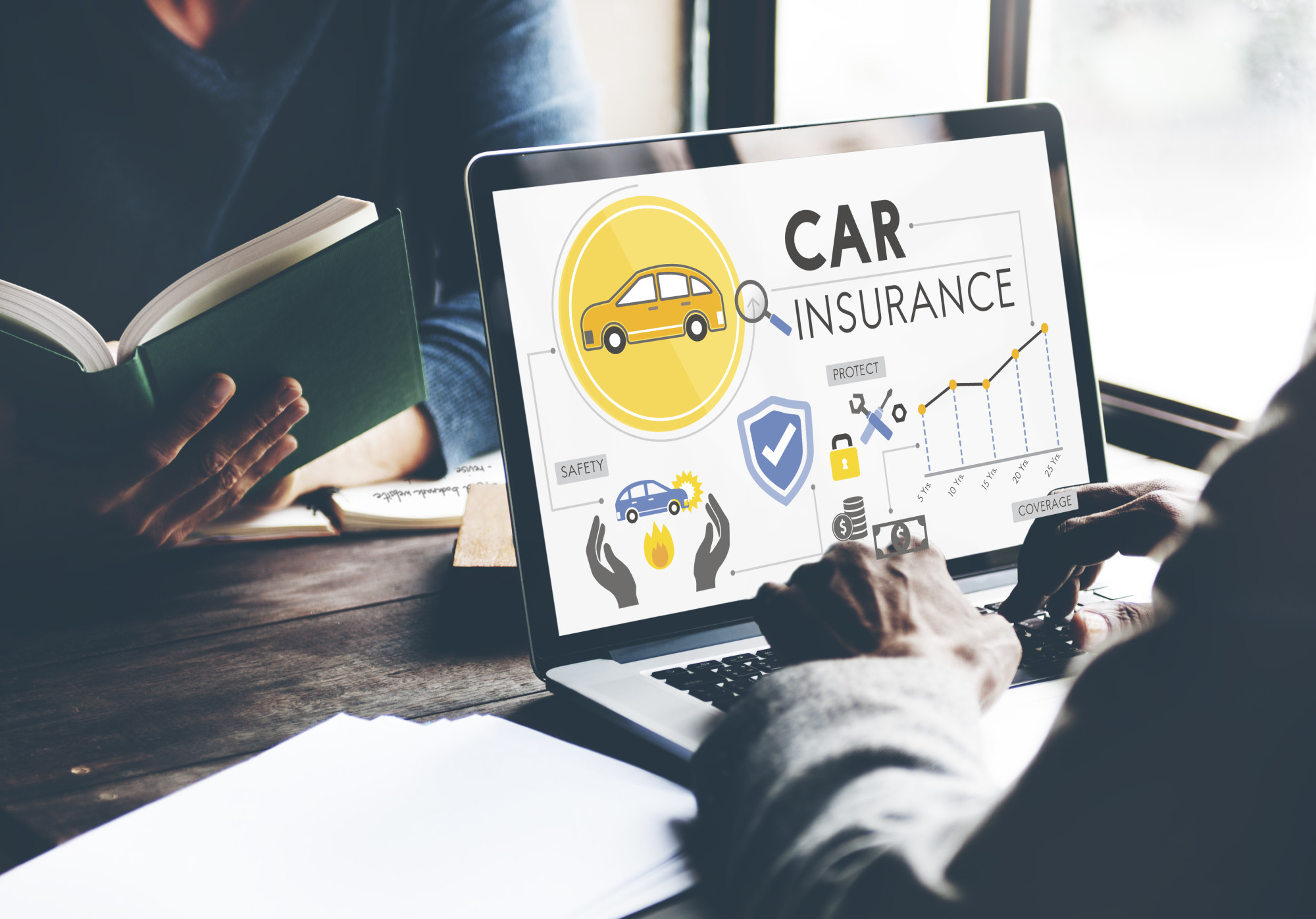In 2020, there were over 5,500 motorcycle accidents that resulted in deaths. Operating a motorcycle can be a freeing experience, but it requires much more caution than other vehicles.
If you’re a motorcycle rider, there are several things you can do to reduce the chances of an accident. If you haven’t had much motorcycle training and don’t feel confident, the following guide can help.
Read on to learn about several motorcycle safety tips that every rider should know.
Wearing the Right Gear
First, make sure that you always wear a motorcycle helmet with full-face coverage. If your helmet doesn’t have full-face coverage, always wear goggles or protective eyewear when you ride.
Some riders think they don’t need a helmet or full gear for short, close trips when motorcycle driving. However, most accidents happen while riding at slow speeds.
Remember that even if you aren’t going fast, you could still hit loose gravel or slick spots and lose control. It’s also important to note that if you don’t have a full-face helmet and you choose to wear goggles, your chin is still exposed and vulnerable.
Plan for the Weather
From icy roads to light rain, you must always know the weather conditions before you choose to ride. Motorcycles have less stability than cars and leave you more exposed to the elements.
Not only does falling rain limit visibility while riding a motorcycle, but it hurts to get pelted with rain at high speeds. Simply checking the weather ahead of your ride might save a call to a motorcycle accident lawyer or even save your life.
Road Hazards
When you ride a motorcycle, there are certain parts of the road that you should pay more attention to than if you were in a car. For example, remember that the paint at railroad crossings and white lines at traffic lights are slick.
Make sure to plan your route ahead of time and check for any curves that might present a challenge. Watch for road work or any loose gravel along your route as well.
If you plan to ride on the highway, use extra caution when merging or in areas where other vehicles merge. Wear bright-colored gear and use signals to help drivers see you clearly.
Motorcycle Inspection
Always check your motorcycle for any flaws before you go for a ride. In order to ensure that you have a well-kept motorcycle to ride on if you don’t already own one, look for a trustworthy motorcycle rental in Chicago. Inspect things like tire pressure, mirrors, and lights to make sure everything is working properly.
Take a quick look around your bike for any loose bolts, leaks, or other possible mechanical risks. Other than right before a ride, you also need a regular maintenance schedule for your bike.
Make sure to stay on top of changing the oil and making adjustments to the bike’s chain and suspension for a safer ride. Always check for wear on your brake pads and tires as well.
Know Your Limits
Understand your abilities and make sure you can handle the route and bike before you head out. Your motorcycle needs to fit you well so that you’re always comfortable.
Make sure that your feet can sit flat on the ground when seated on your motorcycle without using your tiptoes. If your motorcycle feels too heavy, opt for a lighter bike to help keep control on the road.
You should be able to get on and off your bike without trouble and reach the handlebars and controls comfortably. If you plan to ride with a group of people, stay at your comfort level for speeds, and don’t put yourself at risk trying to keep up.
Limit Distractions
Only ride your motorcycle in the right state of mind and avoid riding while drowsy, angry, or intoxicated. Distractions play a huge role in car accidents, but you must limit them even more when on a motorcycle.
It doesn’t matter how much experience you have on a bike, distractions lead to rookie mistakes. Remember, always ride in the right mind frame and stay defensive on the road. Assume that other motorists aren’t looking out for you and take extra precautions.
Motorcycle Passengers
Before you tell someone to hop on your bike with you, make sure you feel comfortable with a passenger. Your passenger also needs to know the basics so that they don’t become a distraction.
Passengers must wear the same safety gear such as a helmet, proper shoes, and protective clothing. Consider taking a practice ride with your passenger in a safe parking lot before you ride on winding roads or through the city.
Practice Braking
Always keep a good distance between you and the vehicle in front of you, even if it’s another motorcycle. Practice braking so that you know how to stop in time to avoid accidents and injuries.
Consider upgrading your motorcycle brakes to anti-lock brakes if they don’t already have them. A rear-end collision in a car is bad enough, but the same accident on a motorcycle might cost you your life.
If you plan to ride in a group, make sure you pay extra attention to spacing and signaling. Just because you’re on a bike too doesn’t mean that you can see your friends any better than other drivers can.
Motorcycle Safety Basics
When it comes to motorcycle safety, it starts with finding the right gear and inspecting your bike. Remember to check the weather before you leave and inspect your route for any hazardous areas.
Know your limits, don’t speed, and never drink alcohol before you ride your motorcycle. Check out our lifestyle section for more helpful tips and great route ideas for your next big ride.









